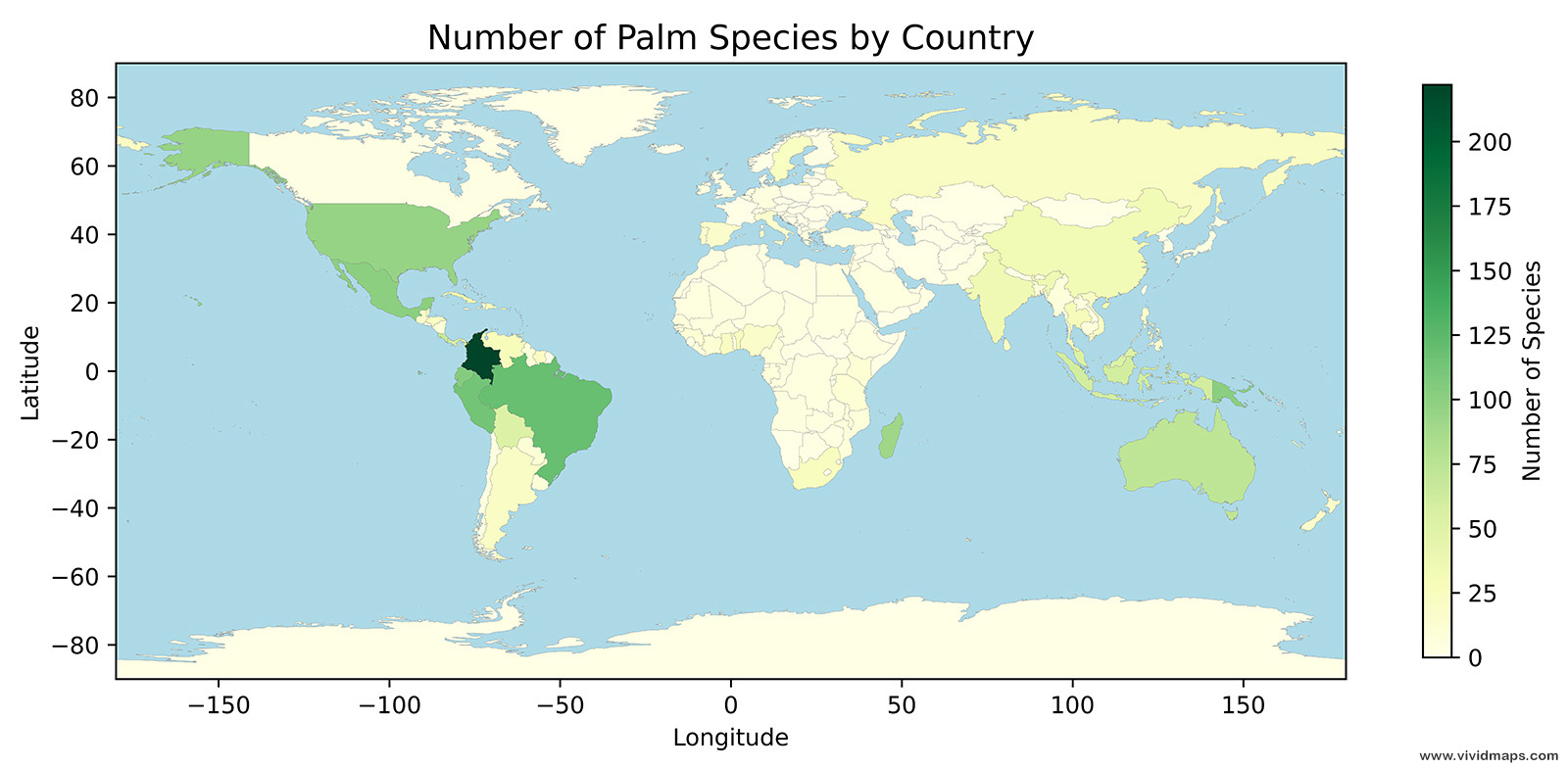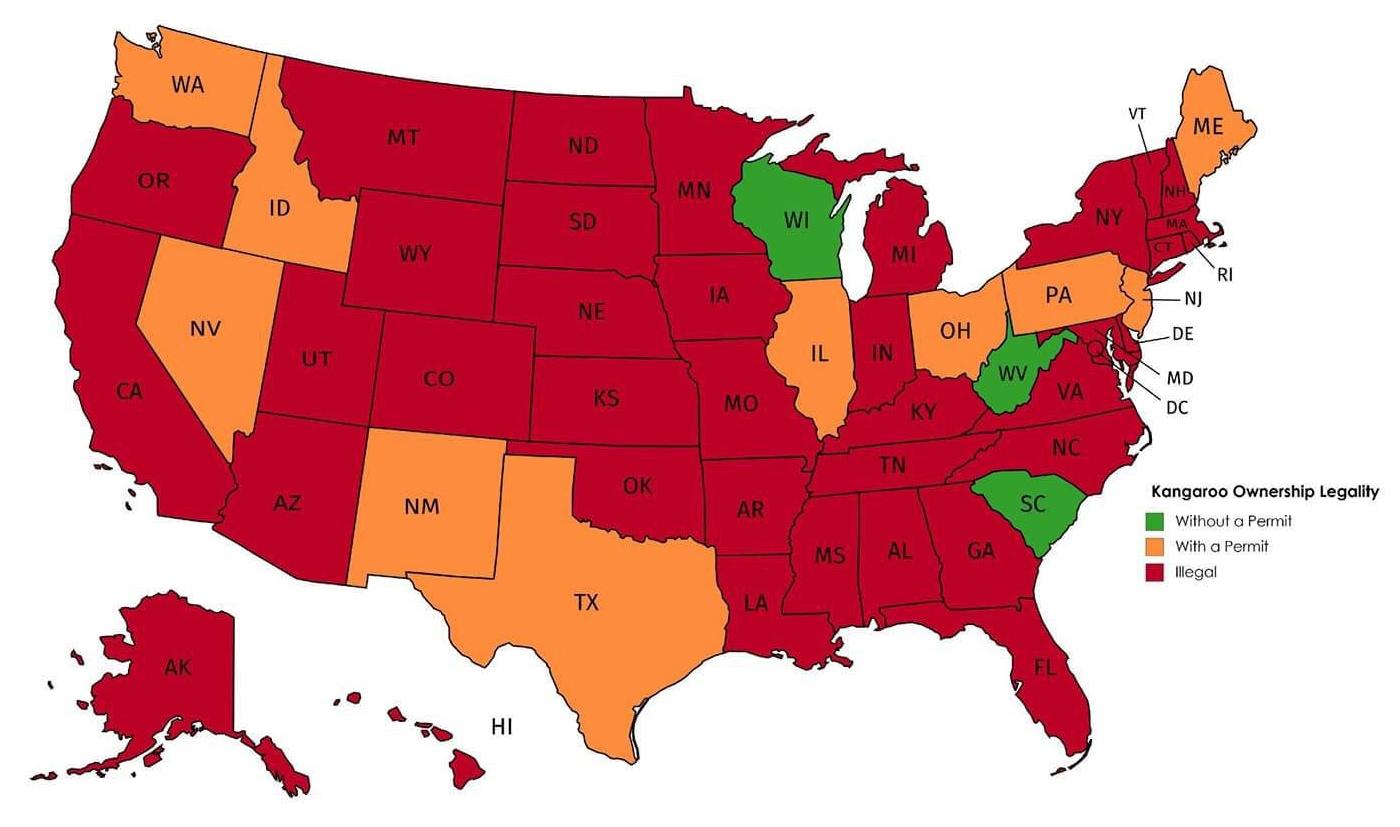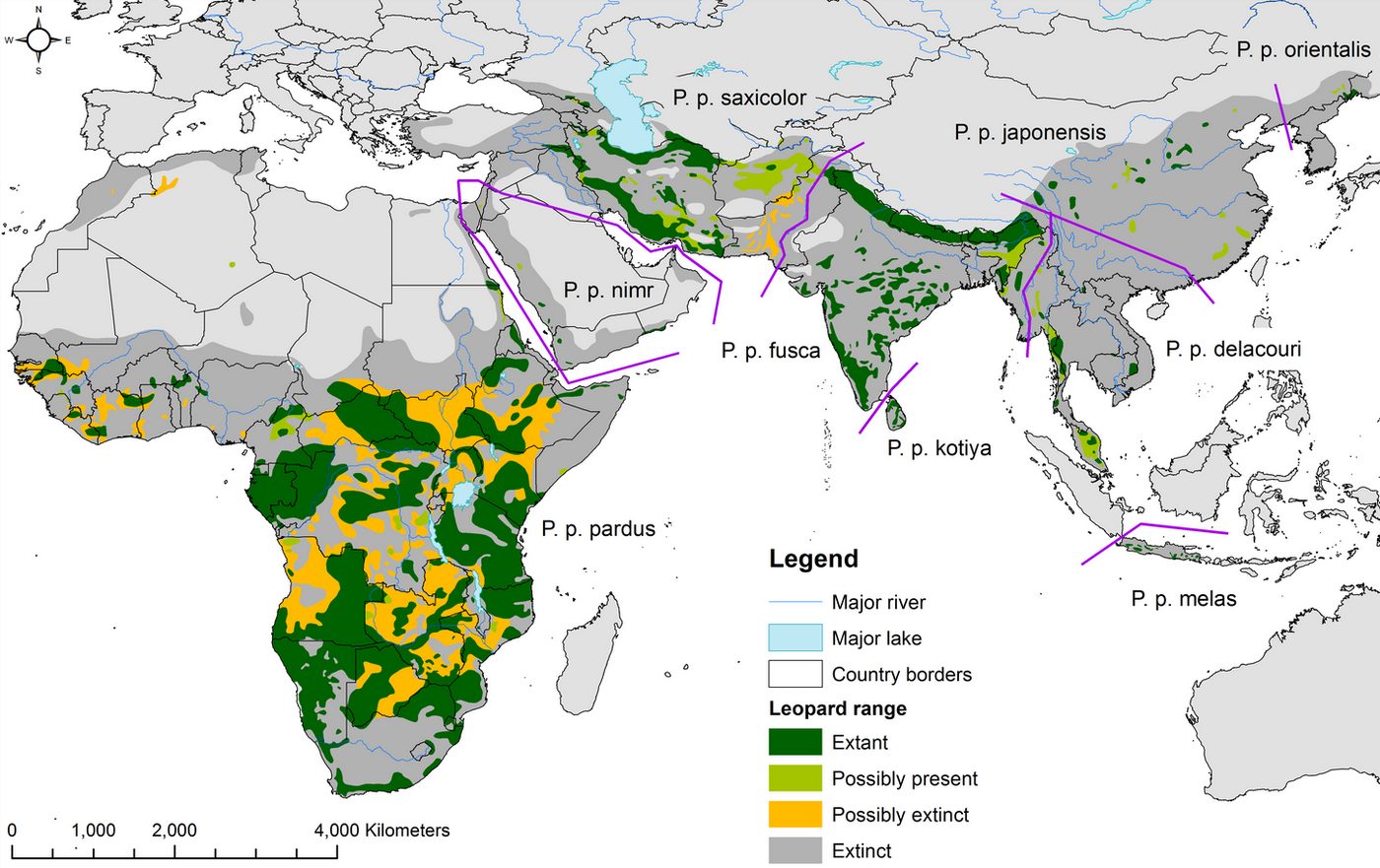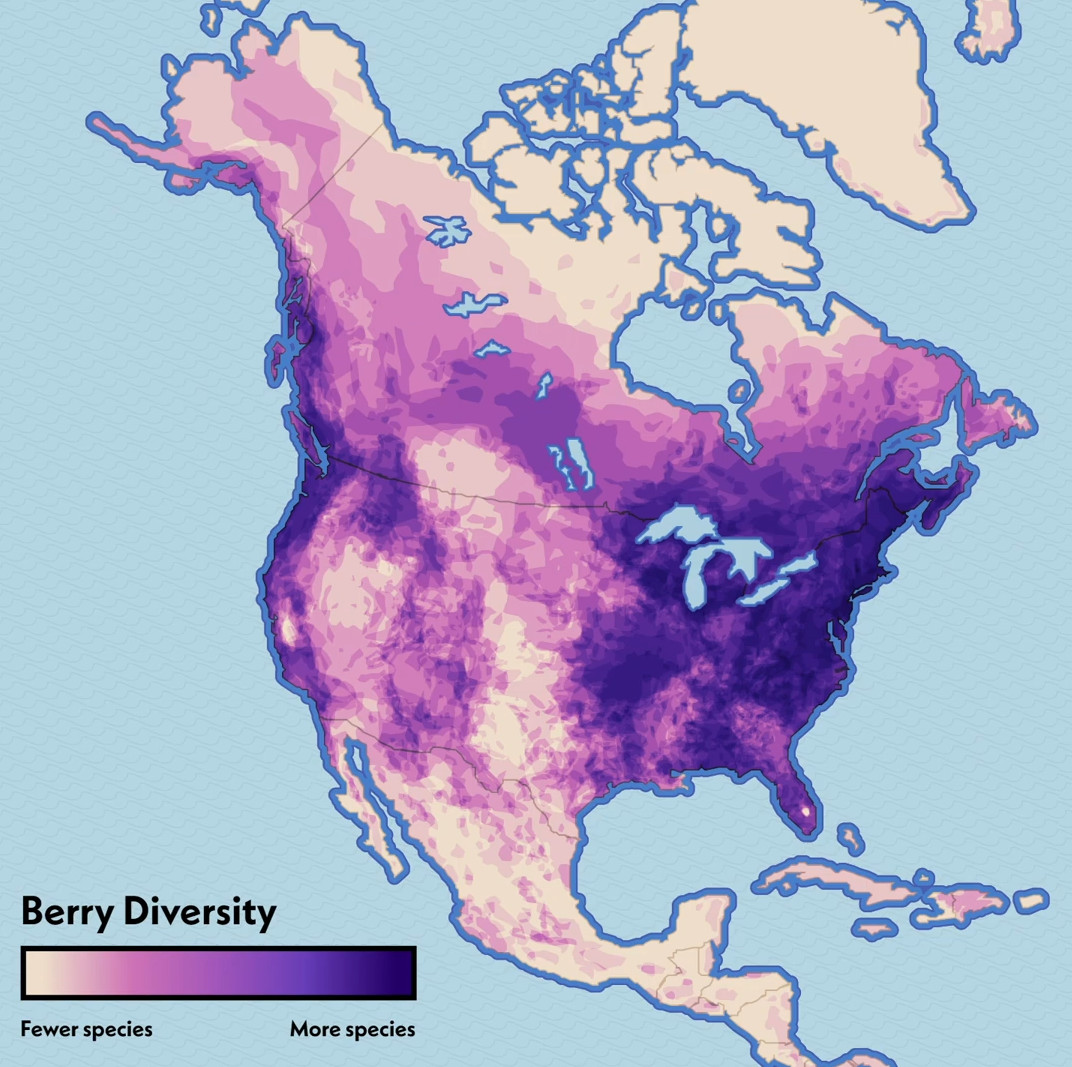Countries Where Lions Still Roam Today
Lions, often called the “kings of the jungle,” once roamed vast stretches of the globe. Today, their range is largely confined to sub-Saharan Africa and a small pocket in India. But did you know that lions used to live across Europe, the Middle East, and even parts of Asia? Understanding where lions used to roam offers a unique lens to explore the dynamic relationship between humans, wildlife, and the environment.
A Glimpse Into the Past: Lion Distribution
Modern lions belong to the species Panthera leo, and their historical range is astonishingly vast. From Europe to India and Africa, lions thrived in diverse ecosystems, from savannas to forests. Their historical presence can be traced to areas now occupied by countries like Greece, Iran, and Turkey. By examining ancient art, archaeological finds, and historical records, scientists have reconstructed maps of where lions once lived.
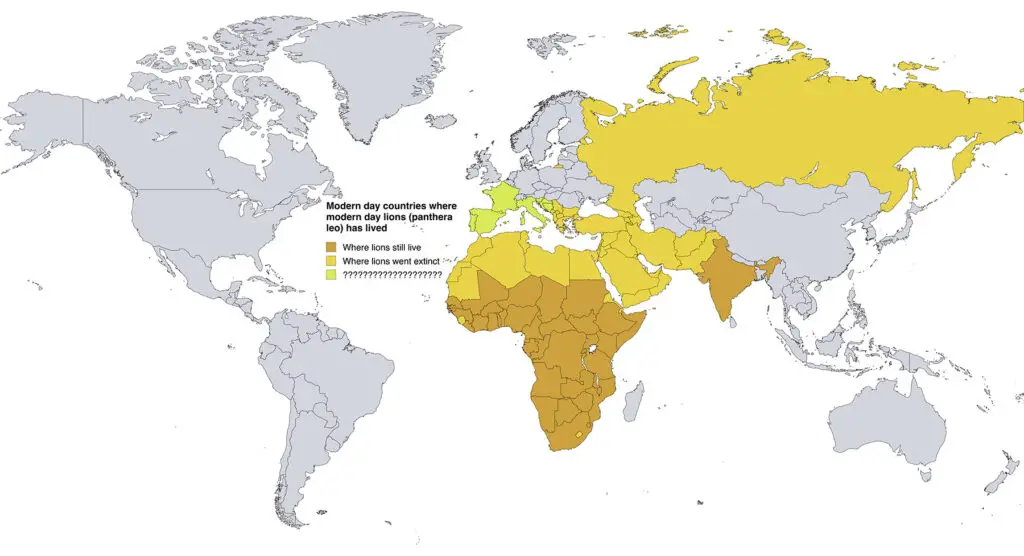
This map showcases the dramatic shift in lion habitats, emphasizing the stark contrast between their historical and current ranges.
Why Lions Disappeared From Much of the World
The reasons for the decline in lion populations are multifaceted. Habitat loss, human-wildlife conflict, and hunting are among the leading causes. During the Roman Empire, lions were captured in large numbers for gladiatorial games, leading to local extinctions in North Africa and Europe.
Additionally, climate changes over millennia transformed the landscapes where lions once thrived, further restricting their habitats.
Modern-Day Lion Populations
Today, lions are found predominantly in sub-Saharan Africa, with a critically endangered population in the Gir Forest of India. Conservation efforts have aimed to protect these magnificent creatures through national parks, breeding programs, and anti-poaching initiatives.
The map below created by the ecoclimax team shows the current distribution of two lion subspecies (P. l. leo and P. l. melanochaita) in Africa and India.
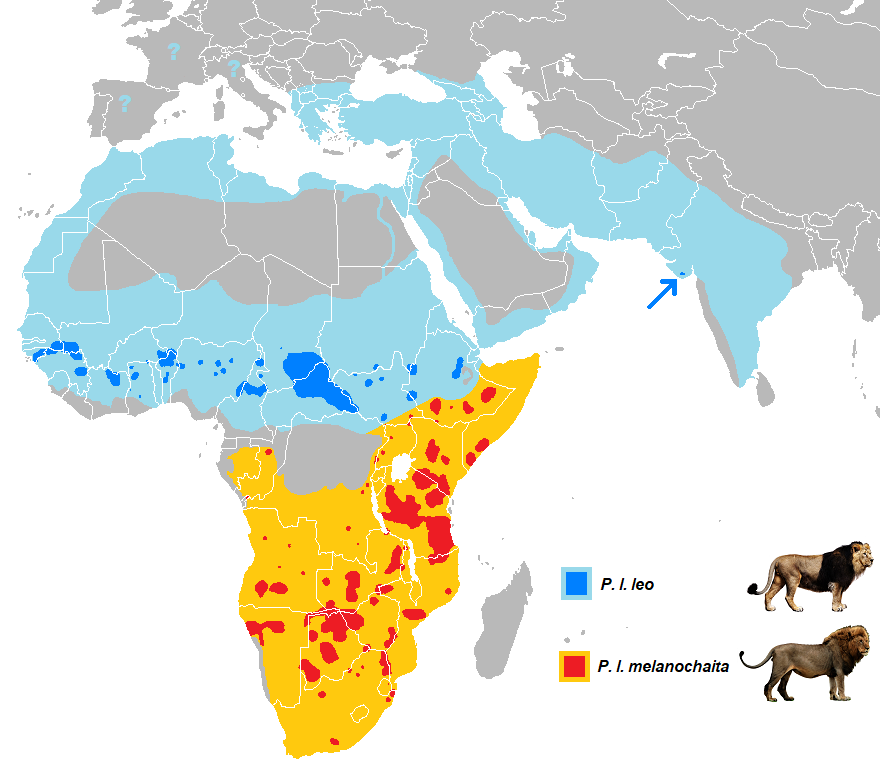
The current global lion population is a stark reminder of the species’ dramatic decline, with approximately 20,000-25,000 individuals remaining in the wild—representing a devastating 94% reduction from their historical range. These majestic predators now primarily inhabit sub-Saharan Africa, with significant populations in countries like Tanzania (3,000-4,000 lions), Botswana, South Africa, and Kenya, each hosting between 1,500-3,000 lions. Outside of Africa, a critically endangered population of 500-600 Asiatic lions survives exclusively in the Gir Forest of Gujarat, India.
Key conservation regions such as the Serengeti-Mara Ecosystem, Okavango Delta, and Kruger National Park are crucial for the survival of two primary subspecies: the African Lion (Panthera leo leo) and the Asiatic Lion (Panthera leo persica), representing humanity’s last bastions of protection for these iconic big cats.
Feel free to share your thoughts or additional insights in the comments below.

